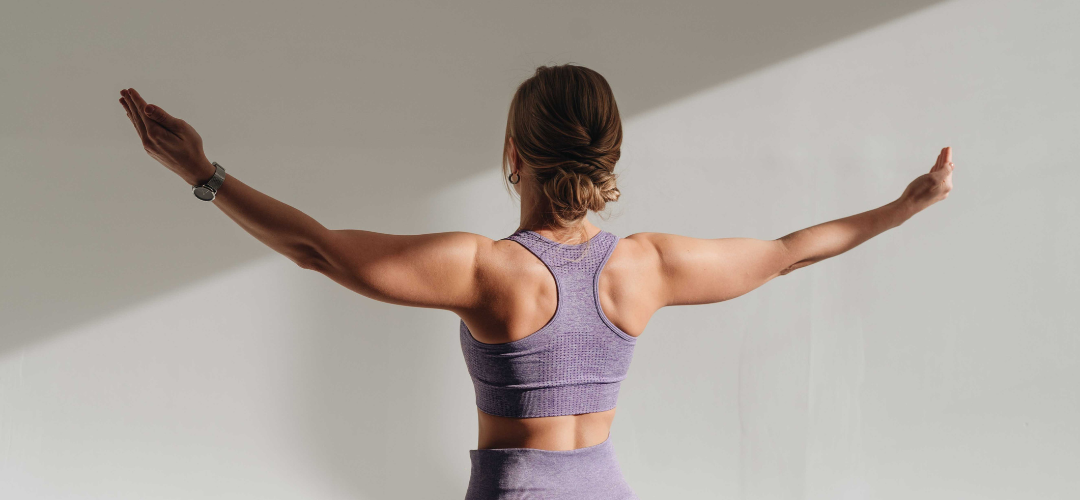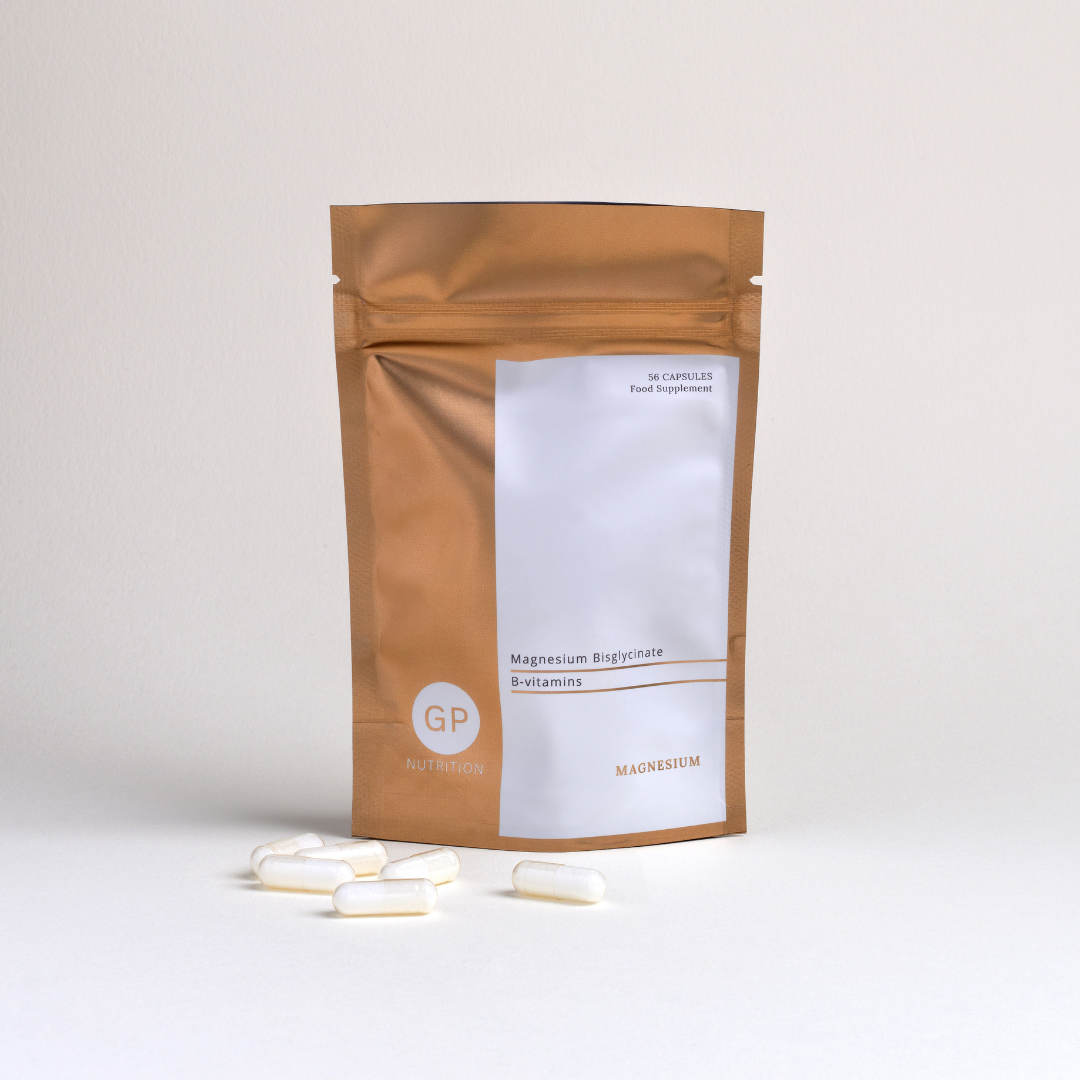We all know the importance of regular exercise. Still, aside from the physical benefits and those related to maintaining a healthy weight, exercise is a critical element in the regulation and balance of hormones, energy production, sleep, blood sugar and mental health.
When we exercise, blood circulation is improved and the body releases hormones including endorphins, serotonin and dopamine, which has incredible mood-boosting effects. The stress hormones are also triggered, positively impacting energy levels and encouraging restful sleep.
The idea of exercising when the body feels tired feels counterproductive, however, some gentle, low-intensity physical activity such as walking, swimming, cycling, yoga and Pilates can be beneficial when trying to better regulate energy levels during the day.

We’d all like to be exercising several hours a day, but busy schedules, lifestyle choices and ‘life’ often limit the time available to do so. As little as 30 minutes of low-mid intensity exercise 3-5 times per week is a great place to start and is achievable (with a little planning!) for most people.
30 minutes of exercise doesn’t need to be an intense HIIT workout (unless that is what you enjoy!), it could be a brisk lunchtime walk, swimming 20 lengths of the pool, a weekend bike ride with the kids or a mat class such as yoga or Pilates.
For those with overactive adrenals and those experiencing high levels of stress, a lower-intensity workout is going to be better for hormone balance anyway. The focus on breathing alone is a benefit in itself.

Aerobic vs Resistance
Aerobic exercise increases the heart rate and helps to boost circulation to maintain healthy blood pressure and balance blood sugar levels. Resistance training helps to reduce excess body fat, build muscle and improve the overall composition of the body.
Structuring your weekly workouts to include a mixture of both aerobic and resistance training will allow you to optimise both the physical and mental benefits of regular exercise. Regularly practising both these forms of exercise can also help increase HDL and lower LDL cholesterol levels.
Aerobic Exercises
- Walking
- Running
- Swimming
- Cycling
- Team sport
Resistance Training
- Weight training (gym machines, free weights, barbells)
- Resistance bands (mat work, Pilates)
- Body weight exercises (squats, pushups, stretching, yoga)

Getting started
For some, joining and working out in a gym can be daunting - ‘Gym anxiety’ is definitely a thing! It can also seem like a big task knowing where to start and navigating around the gym floor.
A personal trainer is a great way to get into the gym, but group classes are also a great tool. They add a social element to working out, but as they are led by someone else, they are a great way to switch off and take time out of your day to focus on yourself and your breathing.





Leave a comment
All comments are moderated before being published.
This site is protected by hCaptcha and the hCaptcha Privacy Policy and Terms of Service apply.